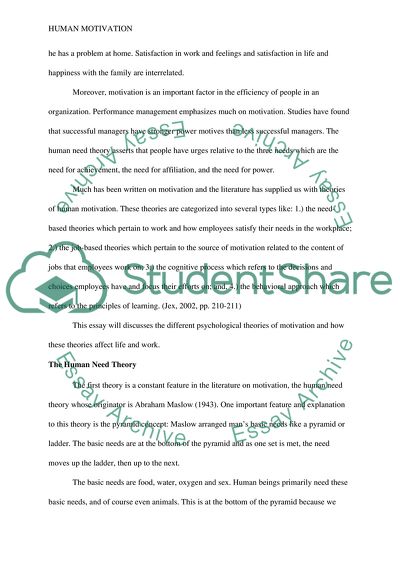Cite this document
(“Describe and evaluate psychological theories of human motivation Essay”, n.d.)
Retrieved from https://studentshare.org/english/1588848-describe-and-evaluate-psychological-theories-of-human-motivation
Retrieved from https://studentshare.org/english/1588848-describe-and-evaluate-psychological-theories-of-human-motivation
(Describe and Evaluate Psychological Theories of Human Motivation Essay)
https://studentshare.org/english/1588848-describe-and-evaluate-psychological-theories-of-human-motivation.
https://studentshare.org/english/1588848-describe-and-evaluate-psychological-theories-of-human-motivation.
“Describe and Evaluate Psychological Theories of Human Motivation Essay”, n.d. https://studentshare.org/english/1588848-describe-and-evaluate-psychological-theories-of-human-motivation.


